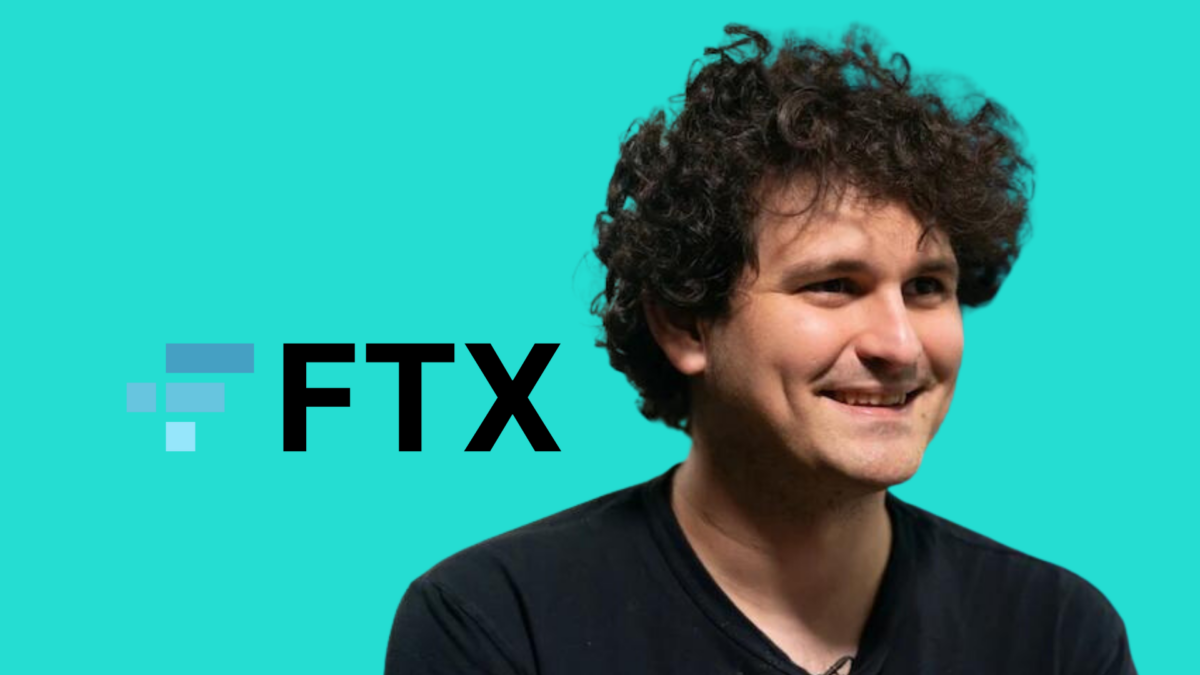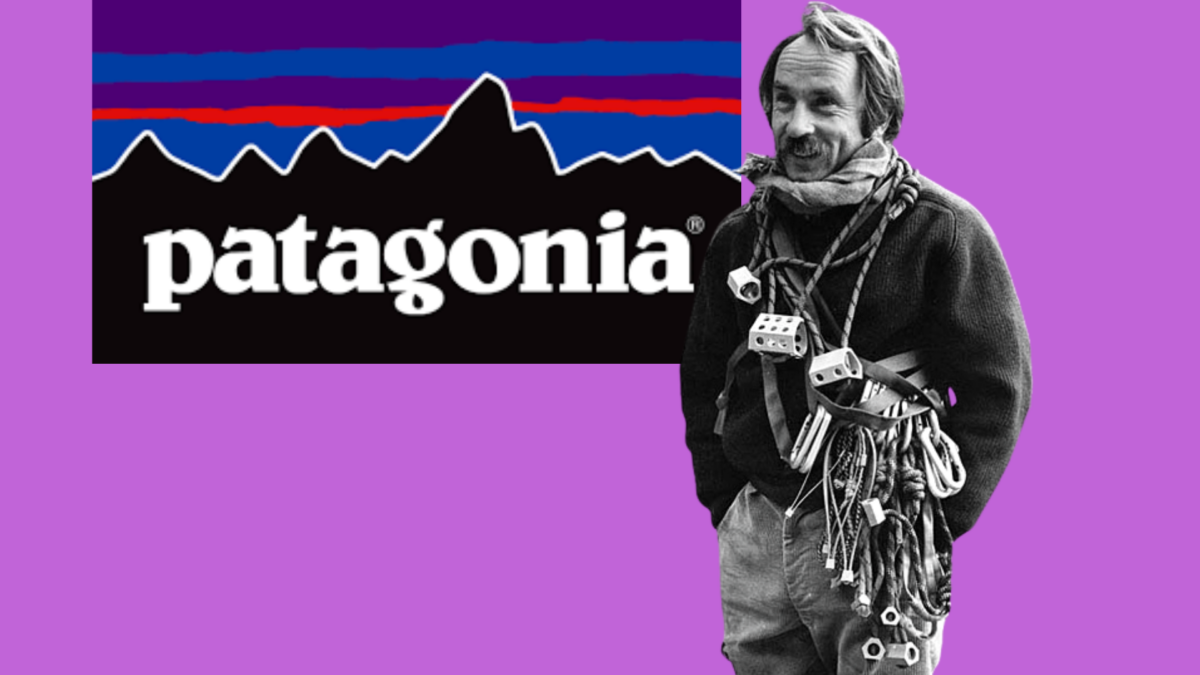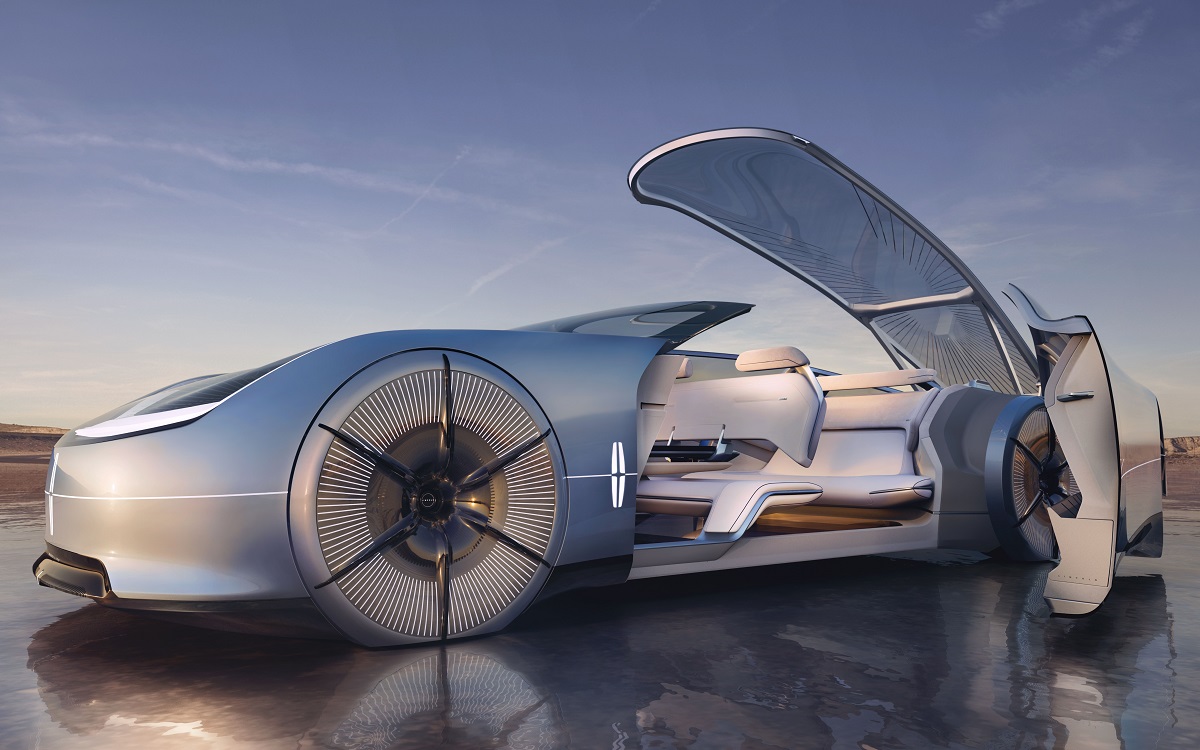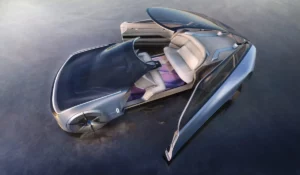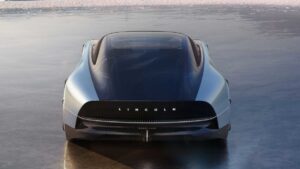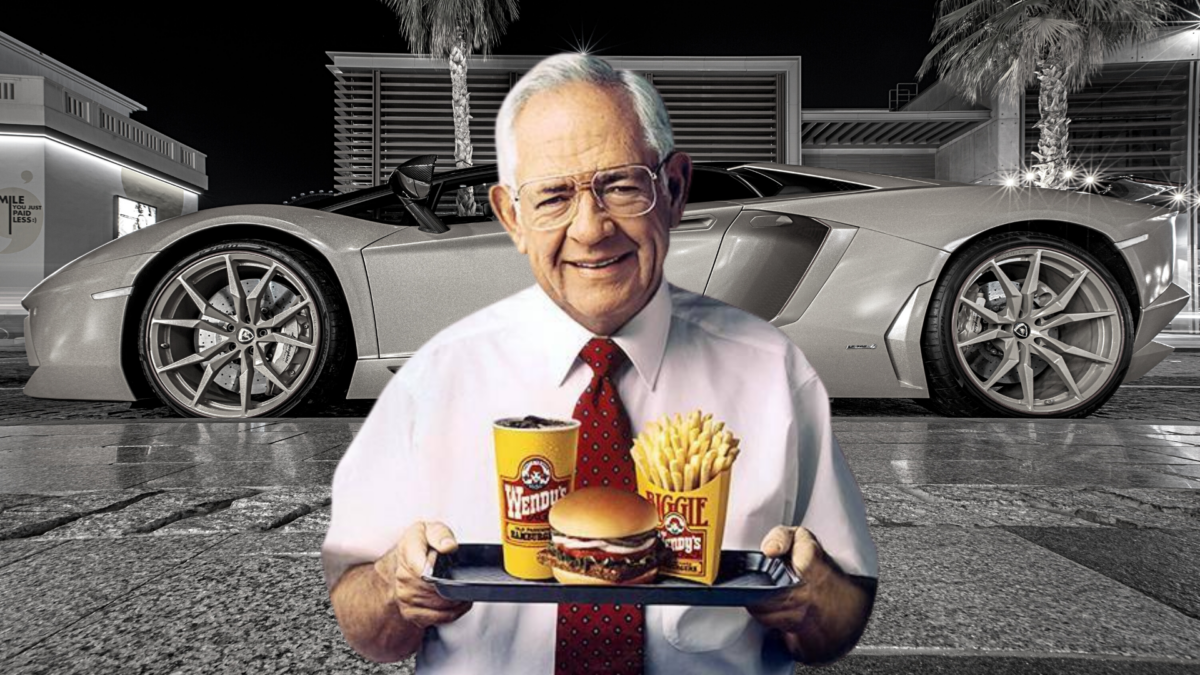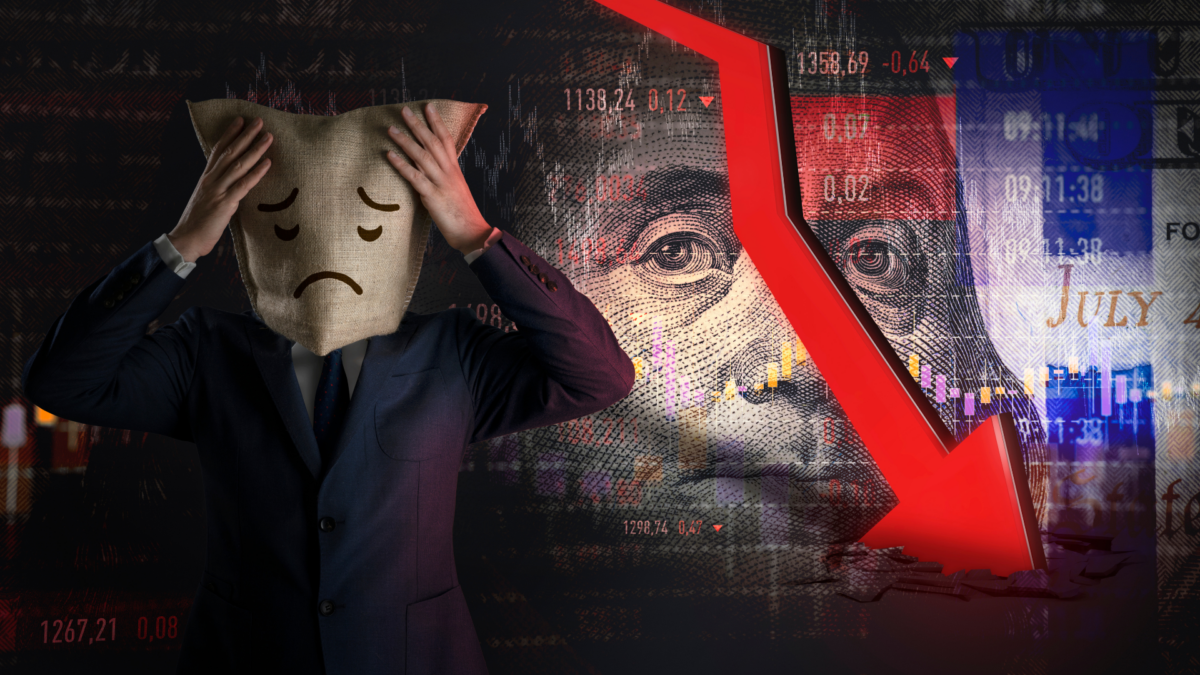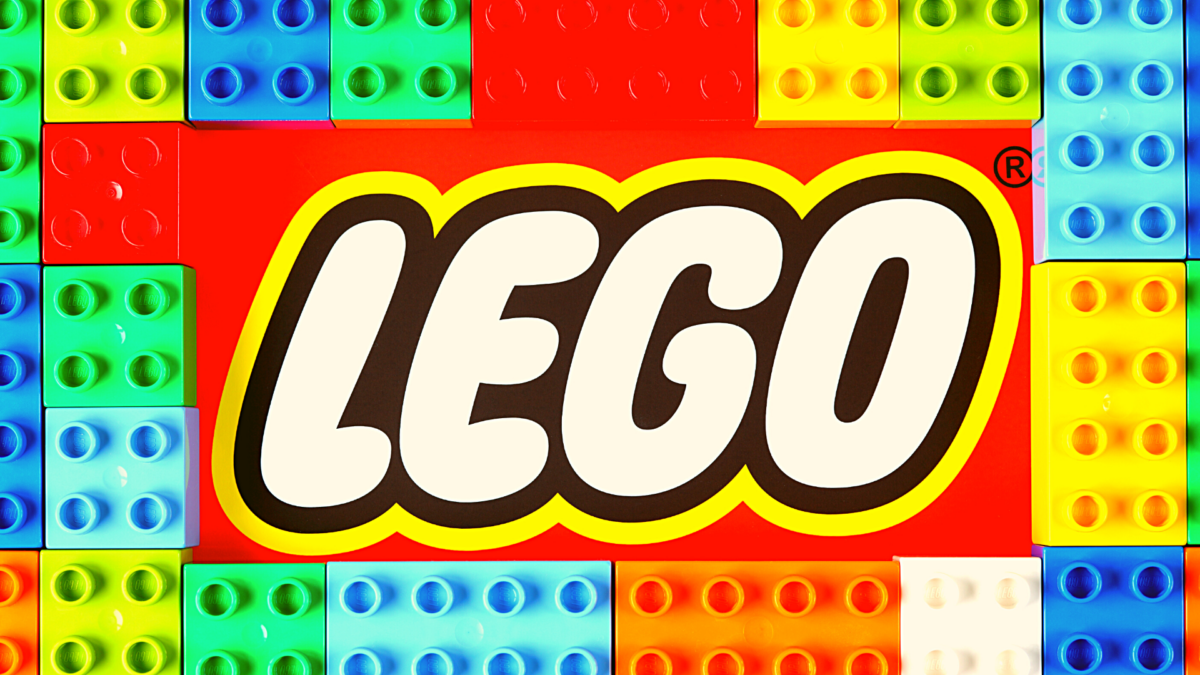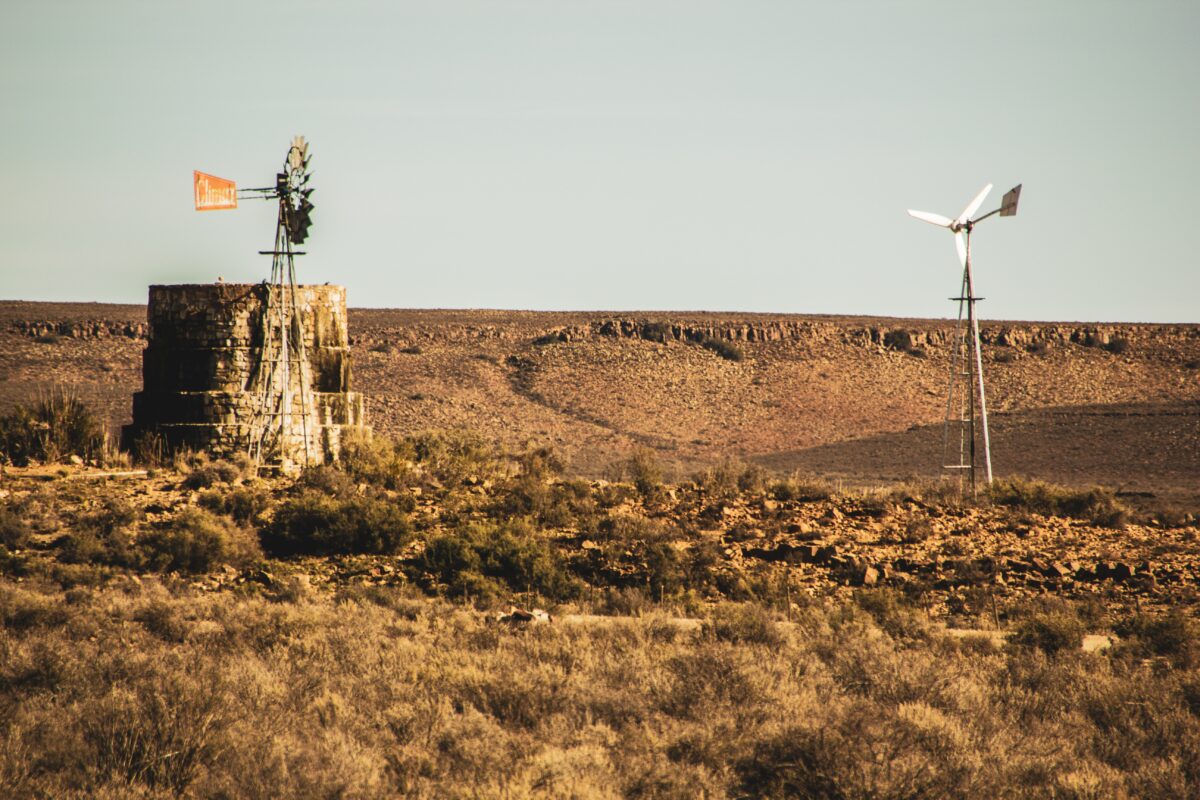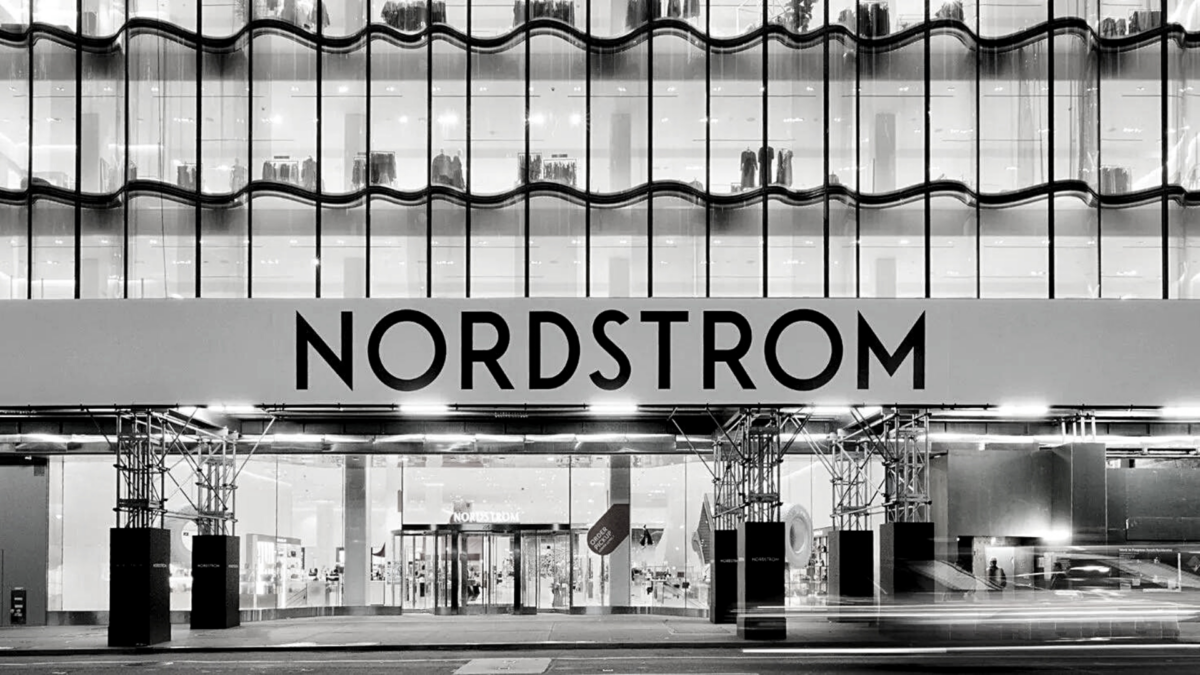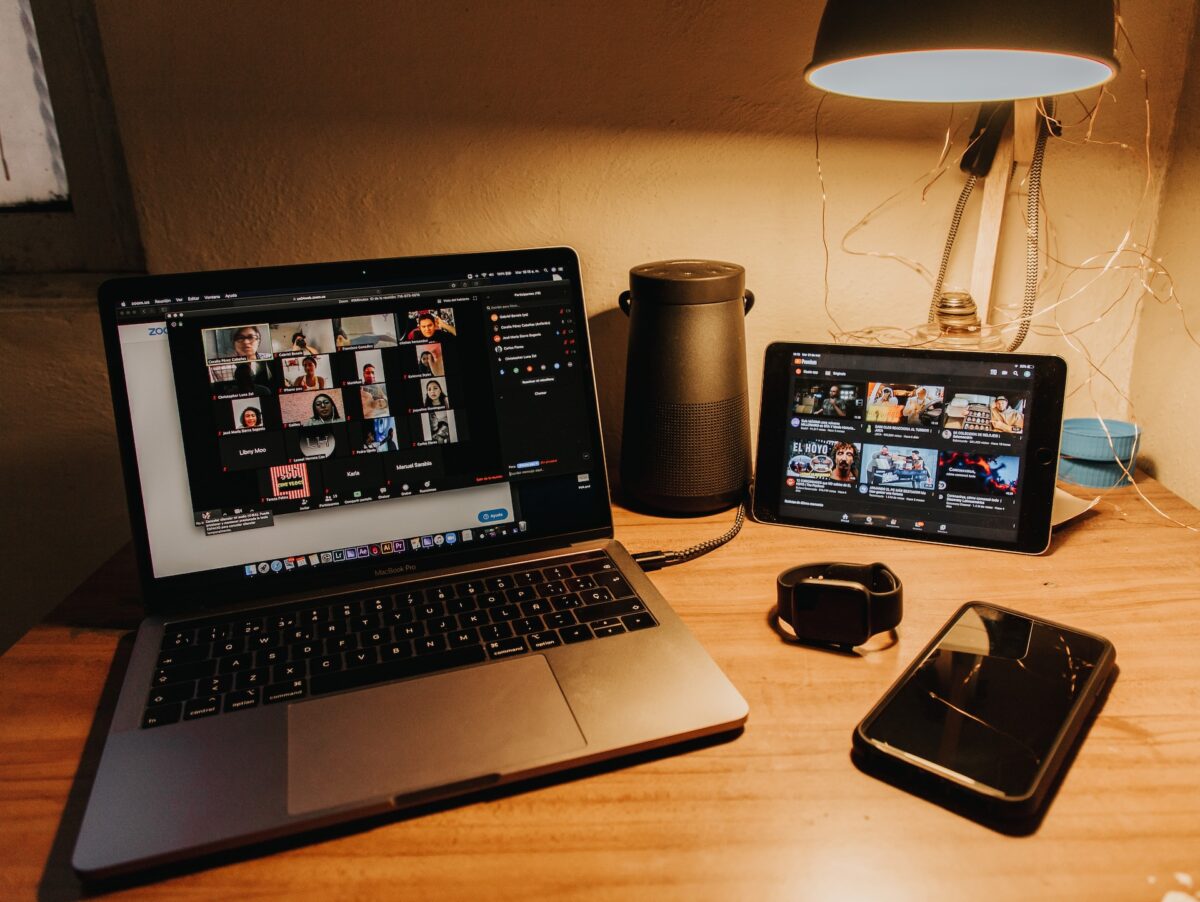
Introduction
Are you a business owner or entrepreneur looking to expand your network and grow your business?
Joining a business networking group can be a great way to connect with other like-minded professionals, share ideas and insights, and potentially gain new clients or customers. However, with so many different networking groups out there, it can be challenging to know which ones are worth your time and investment. In this article, we will explore some of the best business networking groups to join and why.
The C-Suite Network is a community of influential business leaders. The network is designed to provide its members with exclusive access to resources, knowledge, and connections that can help them grow and succeed in their roles.
The network offers a range of services and benefits to its members, including networking opportunities, educational events, and access to business resources such as whitepapers, podcasts, and webinars. The network also provides a platform for members to share their experiences and knowledge with one another, helping to foster collaboration and innovation among the business community.
BNI (Business Networking International)
BNI is a global networking organization that provides members with weekly networking meetings to share referrals and build relationships. Members are expected to bring referrals for other members and are also given the opportunity to give a weekly 60-second pitch about their business. BNI has chapters in over 70 countries, making it a great option for those looking to expand their business on a global scale.
Chamber of Commerce
Most cities and towns have a local Chamber of Commerce, which serves as a hub for business networking and advocacy. Members of the Chamber of Commerce have access to networking events, educational workshops, and resources to help grow their business. Additionally, many Chambers of Commerce offer discounts on products and services to their members.
Meetup
Meetup is an online platform that connects people with shared interests and hobbies. While Meetup is not specifically designed for business networking, it can be a great way to meet other professionals in your area who share similar interests or work in a similar industry. Many Meetup groups also host events specifically geared towards networking and professional development.
Rotary International
Rotary International is a global service organization that brings together business and professional leaders to provide humanitarian services and promote goodwill. Rotary has chapters in over 200 countries and offers members the opportunity to network, develop leadership skills, and make a positive impact in their local communities.
SCORE
SCORE is a nonprofit organization that provides free business mentoring and education services to entrepreneurs and small business owners. In addition to one-on-one mentoring, SCORE also offers webinars and workshops on a variety of topics related to business growth and development.
LinkedIn Groups
LinkedIn Groups are online forums where professionals can connect and share insights on industry trends and best practices. Joining LinkedIn Groups that are relevant to your industry or area of expertise can be a great way to connect with other professionals and potentially generate new business opportunities.
Industry-Specific Associations
Depending on your industry, there may be industry-specific associations or organizations that offer networking opportunities and resources. For example, the National Association of Realtors and the American Bar Association both offer networking events and resources for professionals in their respective industries.
In conclusion, there are many different business networking groups to choose from, each with their unique benefits and advantages. Whether you are looking to expand your business on a global scale or connect with other professionals in your local community, there is a networking group out there that is right for you.
For more information visit tylerhayzlett.com

